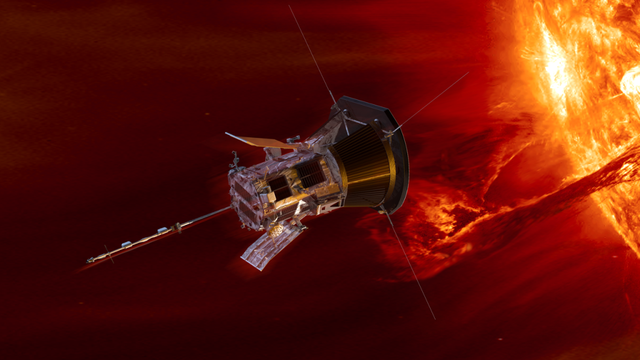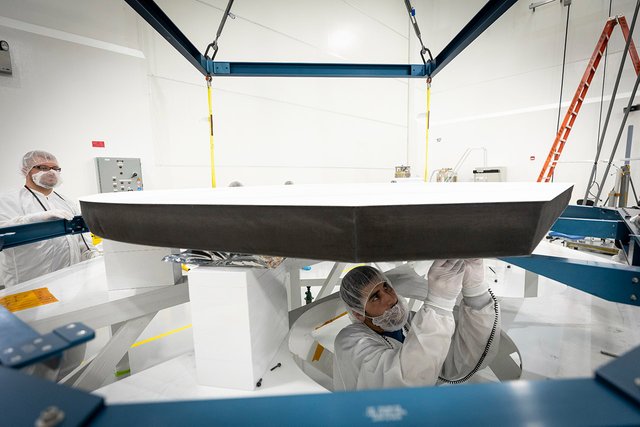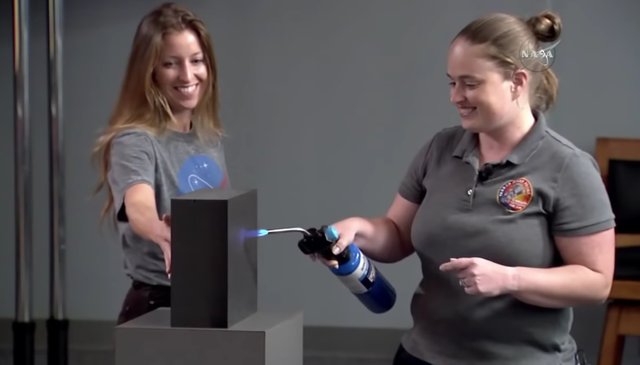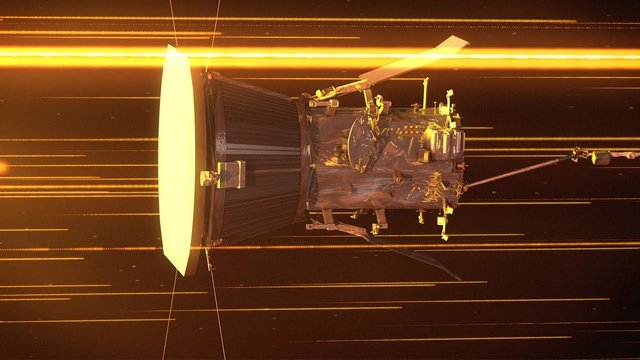NASA’s Parker Solar Probe launches tonight to ‘touch the sun’

NASA's aggressive mission to go nearer to the Sun than at any other time is set to dispatch in the little hours amongst Friday and Saturday — at 3:33 AM Eastern from Kennedy Space Center in Florida, to be exact. The Parker Solar Probe, after a bunch of gravity helps and primer circles, will enter a steady circle around the colossal atomic fireball that gives every one of us life and test its radiation from under 4 million miles away. Trust me, you would prefer not to get substantially nearer than that.
In case you're up late today around evening time (in fact tomorrow morning).
This is the main mission named after a living specialist, for this situation Eugene Parker, who in the '50s made various recommendations and hypotheses about the manner in which that stars radiate vitality. He's the person who gave us sunlight based breeze, and his examination was immensely powerful in the investigation of the sun and different stars — yet it's solitary now that a portion of his speculations can be tried specifically. (Parker himself visited the specialty amid its development, and will be at the dispatch. Most likely he is tremendously pleased and amped up for this entire circumstance.)
"Specifically" implies going as near the sun as innovation permits — which drives us to the PSP's first real advancement: its warmth shield, or warm assurance framework.

There's one good thing to be said for the warmth close to the sun: it's a dry warmth. Since there's no water vapor or gases in space to warm up, discover some shade and you'll be very agreeable. So the test is basically conveying the most hard core parasol at any point made.
It's a kind of carbon sandwich, with superheated carbon composite outwardly and a carbon froth center. All together it's not as much as a foot thick, however it lessens the temperature the test's instruments are subjected to from 2,500 degrees Fahrenheit to 85 — really cooler than it is in a great part of the U.S. at this moment.

The auto estimated Parker will circle the sun and always pivot itself so the warmth shield is confronting internal and obstructing the brunt of the sun based radiation. The instruments for the most part sit behind it in a major protected package.
Also, such instruments! There are three noteworthy trials or instrument sets on the test.
WISPR (Wide-Field Imager for Parker Solar Probe) is a couple of wide-field telescopes that will watch and picture the structure of the crown and sun powered breeze. This is the sort of perception we've made before — yet never from very close. We by and large are seeing these marvels from the area of the Earth, about 100 million miles away. You can envision that removing 90 million miles of grandiose residue, meddling radiation and different aggravations will create an incredibly clear picture.

SWEAP (Solar Wind Electrons Alphas and Protons examination) watches out to the side of the specialty to watch the streams of electrons as they are influenced by sun oriented breeze and different variables. Also, on the front is the Solar Probe Cup (I speculate this is a reference to the Ray Bradbury story, "Brilliant Apples of the Sun"), which is presented to the full quality of the sun's radiation; a little opening permits charged particles in, and by following how they go through a progression of charged windows, they can sort them by sort and vitality.
FIELDS is another that gets the full warmth of the sun. Its recieving wires are the ones standing out from the sides — they have to keeping in mind the end goal to straightforwardly test the electric field encompassing the specialty. An arrangement of "fluxgate magnetometers," plainly a made-up name, measure the attractive field at an unfathomably high rate: two million examples for each second.
They're altogether fueled by sun based boards, which appears glaringly evident, regardless it's a troublesome recommendation to shield the boards from over-burdening that near the sun. They take cover behind the shield and simply look out at a diagonal edge, so just a small amount of the radiation hits them.
And still, at the end of the day, they'll get so hot that the group expected to actualize the principal ever dynamic water cooling framework on a rocket. Water is pumped through the cells and back behind the shield, where it is cooled by, well, space.
The test's central goal profile is an entangled one. Subsequent to getting away from the grasp of the Earth, it will swing by Venus, not to get a gravity support, but rather "relatively like completing a little handbrake turn," as one authority portrayed it. It backs it off and sends it closer to the sun — and it'll do that seven more circumstances, each time conveying it consistently nearer to the sun's surface, at last landing in a steady circle 3.83 million miles over the surface — that is 95 percent of the route from the Earth to the sun.
In transit it will hit a best speed of 430,000 miles for each hour, which will make it the speediest rocket at any point propelled
Parker will make 24 add up to goes through the crown, and amid these circumstances correspondence with Earth might be hindered or unrealistic. In the event that a sunlight based cell is overheating, would you like to sit tight 20 minutes for a choice from NASA on whether to pull it back? No. This near the sun even a slight erroneous conclusion brings about the lessening of the test to a soot, so the group has instilled it with more than the typical independence.
It's shrouded in sensors notwithstanding its instruments, and a locally available AI will be enabled to settle on choices to amend oddities. That sounds worryingly like a HAL 9000 circumstance, yet there are no people on board to slaughter, so it's most likely alright.
The mission is planned to most recent seven years, at which point the fuel used to remedy the specialty's circle and introduction is relied upon to run out. By then it will proceed as long as it can before float makes it break separated and, one rather trusts, turn out to be a piece of the sun's crown itself.
The Parker Solar Probe is booked for dispatch early Saturday morning, and we'll refresh this post when it takes off effectively or, as is conceivable, is postponed until a later date in the dispatch window.
This post has received a 39.54% upvote from @lovejuice thanks to @sondy7. They love you, so does Aggroed. Please be sure to vote for Witnesses at https://steemit.com/~witnesses.